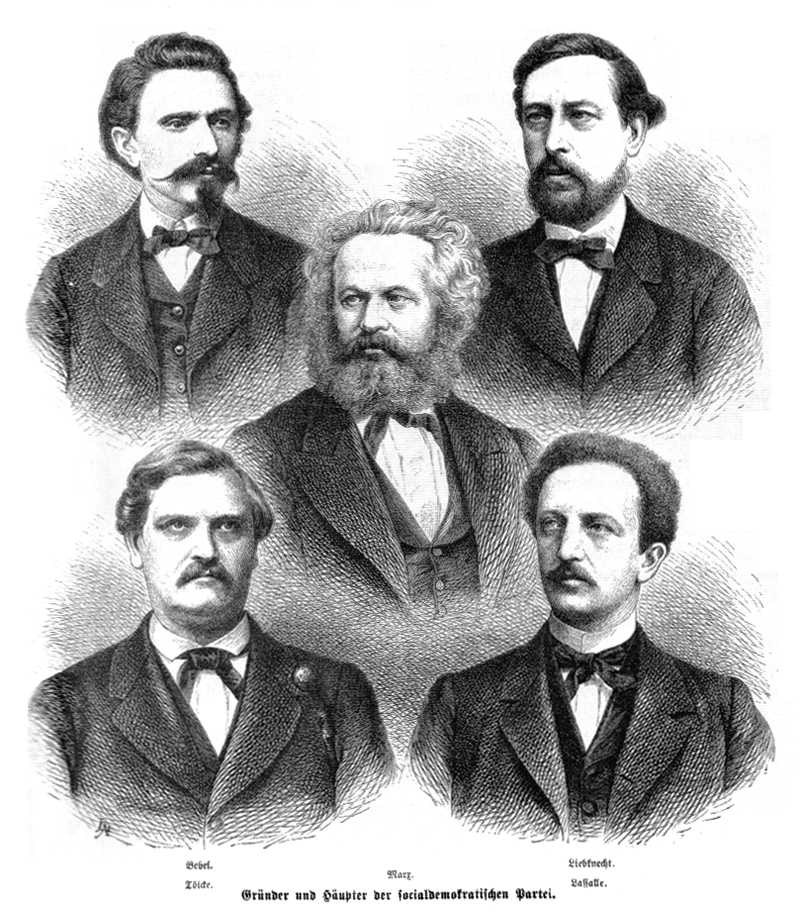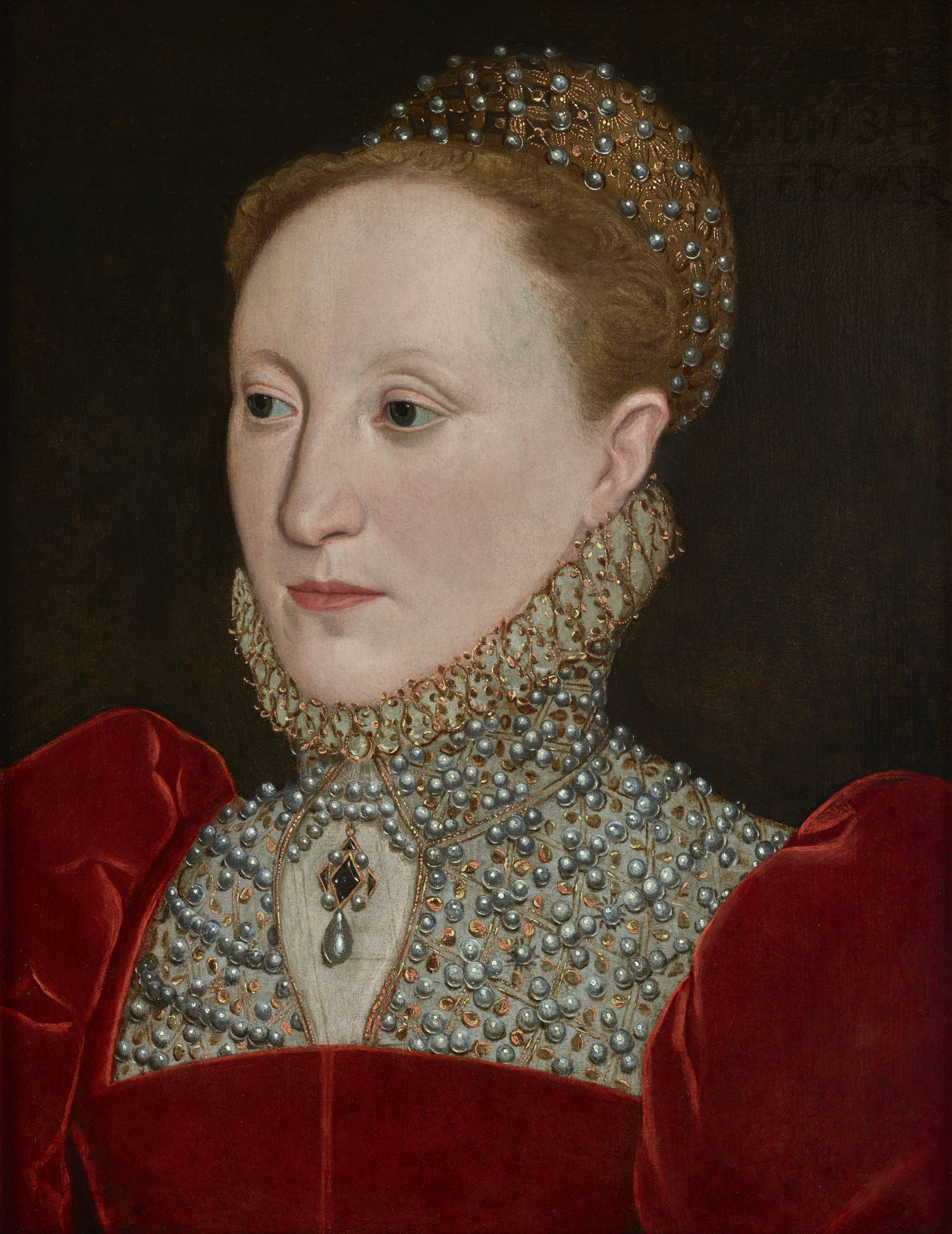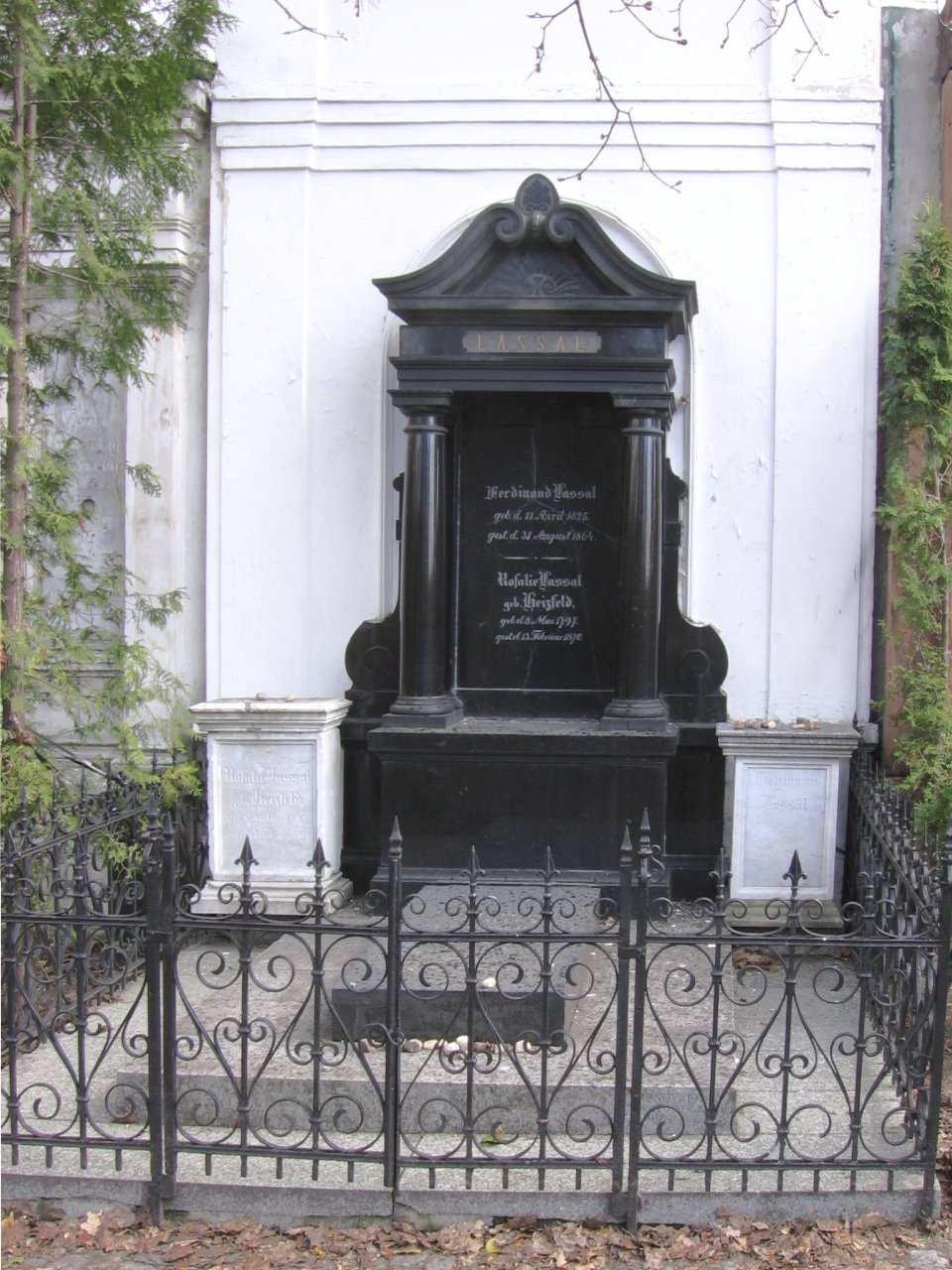|
Count Von Racowitza
Prince Iancu Racoviță (1843–1865)Emanuel Bădescu ''Historia.ro''. 2012. was a nobleman from Wallachia, who participated in a notable duel on 28. August 1864. He had come from Romania to Berlin in 1856, where he studied philosophy and law at Berlin university. He became a member of a German Student Corps there. A diplomat in Bavarian service, ''Wilhelm von Dönniges'' (d. 1872), father of ''Helene von Dönniges'' (b. 1846, d. 1911) intended the prince to marry his daughter. She preferred a Social Democratic leader of the labour movement, Ferdinand Lassalle, known for his independence from persons such as Karl Marx. When her father heard of their plans to marry he locked her in a room and arranged an engagement with Racoviță The House of Racoviță (anglicized ''Racovitza'') was a family of Moldavian and Wallachian boyars which gave the Danubian Principalities several ''hospodars'', becoming influential within the Ottoman Empire and the Phanariote kinship network. H .... La ... [...More Info...] [...Related Items...] OR: [Wikipedia] [Google] [Baidu] |
Wallachia
Wallachia or Walachia (; ro, Țara Românească, lit=The Romanian Land' or 'The Romanian Country, ; archaic: ', Romanian Cyrillic alphabet: ) is a historical and geographical region of Romania. It is situated north of the Lower Danube and south of the Southern Carpathians. Wallachia is traditionally divided into two sections, Muntenia (Greater Wallachia) and Oltenia (Lesser Wallachia). Dobruja could sometimes be considered a third section due to its proximity and Dobruja#Wallachian rule, brief rule over it. Wallachia as a whole is sometimes referred to as Muntenia through identification with the larger of the two traditional sections. Wallachia was founded as a principality in the early 14th century by Basarab I of Wallachia, Basarab I after a rebellion against Charles I of Hungary, although the first mention of the territory of Wallachia west of the river Olt River, Olt dates to a charter given to the voivode Seneslau in 1246 by Béla IV of Hungary. In 1417, Wallachia was fo ... [...More Info...] [...Related Items...] OR: [Wikipedia] [Google] [Baidu] |
German Student Corps
Corps (or Korps; "''das ~''" ('' n''), (''sg.''), (''pl.'')) are the oldest still-existing kind of ''Studentenverbindung'', Germany's traditional university corporations; their roots date back to the 15th century. The oldest corps still existing today was founded in 1789. Its members are referred to as corps students (''Corpsstudenten''). The corps belong to the tradition of student fraternities which wear couleur and practice academic fencing. The corps are organized in two federations, the ''Kösener Senioren-Convents-Verband'' (''KSCV'') and the ''Weinheimer Senioren-Convent'' (''WSC''). Together, they comprise 162 Corps throughout Germany, Austria, Belgium, Estonia, Latvia, Hungary, Switzerland and Lithuania. The German Student Corps were traditionally recruited from the nobility, royalty, and social elite, and are traditionally viewed as more aristocratic and elitist than other German student fraternities such as the Catholic Cartellverband and the Burschenschaften. T ... [...More Info...] [...Related Items...] OR: [Wikipedia] [Google] [Baidu] |
Social Democratic
Social democracy is a political, social, and economic philosophy within socialism that supports political and economic democracy. As a policy regime, it is described by academics as advocating economic and social interventions to promote social justice within the framework of a liberal-democratic polity and a capitalist-oriented mixed economy. The protocols and norms used to accomplish this involve a commitment to representative and participatory democracy, measures for income redistribution, regulation of the economy in the general interest, and social welfare provisions. Due to longstanding governance by social democratic parties during the post-war consensus and their influence on socioeconomic policy in Northern and Western Europe, social democracy became associated with Keynesianism, the Nordic model, the social-liberal paradigm, and welfare states within political circles in the late 20th century. It has been described as the most common form of Western or modern soci ... [...More Info...] [...Related Items...] OR: [Wikipedia] [Google] [Baidu] |
Labour Movement
The labour movement or labor movement consists of two main wings: the trade union movement (British English) or labor union movement (American English) on the one hand, and the political labour movement on the other. * The trade union movement (trade unionism) consists of the collective organisation of working people developed to represent and campaign for better working conditions and treatment from their employers and, by the implementation of labour and employment laws, from their governments. The standard unit of organisation is the trade union. * The political labour movement in many countries includes a political party that represents the interests of employees, often known as a " labour party" or " workers' party". Many individuals and political groups otherwise considered to represent ruling classes may be part of, and active in, the labour movement. The labour movement developed as a response to the industrial capitalism of the late 18th and early 19th centuries, at a ... [...More Info...] [...Related Items...] OR: [Wikipedia] [Google] [Baidu] |
Ferdinand Lassalle
Ferdinand Lassalle (; 11 April 1825 – 31 August 1864) was a Prussian-German jurist, philosopher, socialist and political activist best remembered as the initiator of the social democratic movement in Germany. "Lassalle was the first man in Germany, the first in Europe, who succeeded in organising a party of socialist action", or, as Rosa Luxemburg put it: "Lassalle managed to wrestle from history in two years of flaming agitation what needed many decades to come about." As agitator he coined the terms night-watchman state and iron law of wages. Biography Early life Lassalle was born Ferdinand Johann Gottlieb Lassal on 11 April 1825 in Breslau, Silesia (now Wrocław, Poland). His father Heyman Lassal was a Jewish silk merchant and intended his son for a business career, sending him to the commercial school at Leipzig. However, Lassalle soon transferred to university, studying first in the University of Breslau and later at the University of Berlin. There, Lassalle studied ... [...More Info...] [...Related Items...] OR: [Wikipedia] [Google] [Baidu] |
Karl Marx
Karl Heinrich Marx (; 5 May 1818 – 14 March 1883) was a German philosopher, economist, historian, sociologist, political theorist, journalist, critic of political economy, and socialist revolutionary. His best-known titles are the 1848 pamphlet ''The Communist Manifesto'' and the four-volume (1867–1883). Marx's political and philosophical thought had enormous influence on subsequent intellectual, economic, and political history. His name has been used as an adjective, a noun, and a school of social theory. Born in Trier, Germany, Marx studied law and philosophy at the universities of Bonn and Berlin. He married German theatre critic and political activist Jenny von Westphalen in 1843. Due to his political publications, Marx became stateless and lived in exile with his wife and children in London for decades, where he continued to develop his thought in collaboration with German philosopher Friedrich Engels and publish his writings, researching in the British Mus ... [...More Info...] [...Related Items...] OR: [Wikipedia] [Google] [Baidu] |
Racoviță
The House of Racoviță (anglicized ''Racovitza'') was a family of Moldavian and Wallachian boyars which gave the Danubian Principalities several ''hospodars'', becoming influential within the Ottoman Empire and the Phanariote kinship network. History Their ancestors became boyars under Alexandru Lăpușneanu (r. 1552–61; 1564–68). A member of the family was mentioned in a chrysobull dated 7 October 1487. The name is Slavic (''Rakovica'', meaning "crab"). The family was partially Hellenized. One of its branches remained present inside Romania. By the 17th century, the family was one of the leading families in the region. It later managed to penetrate into the Phanariote nucleus in Constantinople, which facilitated and increased their chances to occupy the thrones in their native country, and later to successfully maintain their positions. It remained influential in the Kingdom of Romania. Notable members * Constantin Racoviță (1699–1764), Prince of Moldavia and Wallach ... [...More Info...] [...Related Items...] OR: [Wikipedia] [Google] [Baidu] |
1843 Births
Events January–March * January ** Serial publication of Charles Dickens's novel ''Martin Chuzzlewit'' begins in London; in the July chapters, he lands his hero in the United States. ** Edgar Allan Poe's short story "The Tell-Tale Heart" is published in a Boston magazine. ** The Quaker magazine '' The Friend'' is first published in London. * January 3 – The ''Illustrated Treatise on the Maritime Kingdoms'' (海國圖志, ''Hǎiguó Túzhì'') compiled by Wei Yuan and others, the first significant Chinese work on the West, is published in China. * January 6 – Antarctic explorer James Clark Ross discovers Snow Hill Island. * January 20 – Honório Hermeto Carneiro Leão, Marquis of Paraná, becomes ''de facto'' first prime minister of the Empire of Brazil. * February – Shaikh Ali bin Khalifa Al-Khalifa captures the fort and town of Riffa after the rival branch of the family fails to gain control of the Riffa Fort and flees to Manama. Shaikh Mohamed bin Ahmed is kille ... [...More Info...] [...Related Items...] OR: [Wikipedia] [Google] [Baidu] |
1865 Deaths
Events January–March * January 4 – The New York Stock Exchange opens its first permanent headquarters at 10-12 Broad near Wall Street, in New York City. * January 13 – American Civil War : Second Battle of Fort Fisher: United States forces launch a major amphibious assault against the last seaport held by the Confederates, Fort Fisher, North Carolina. * January 15 – American Civil War: United States forces capture Fort Fisher. * January 31 ** The Thirteenth Amendment to the United States Constitution (conditional prohibition of slavery and involuntary servitude) passes narrowly, in the House of Representatives. ** American Civil War: Confederate General Robert E. Lee becomes general-in-chief. * February ** American Civil War: Columbia, South Carolina burns, as Confederate forces flee from advancing Union forces. * February 3 – American Civil War : Hampton Roads Conference: Union and Confederate leaders discuss peace terms. * February 8 & ... [...More Info...] [...Related Items...] OR: [Wikipedia] [Google] [Baidu] |
Wallachian Nobility , a region in eastern Czech Republic
{{disambig ...
Wallachians could mean: * Vlachs, Eastern Romance-speaking peoples of southeastern Europe * Inhabitants of Wallachia, a region of Romania * Inhabitants of Moravian Wallachia Moravian Wallachia ( cs, Moravské Valašsko, or simply ''Valašsko''; ro, Valahia Moravă) is a mountainous ethnoregion located in the easternmost part of Moravia in the Czech Republic, near the Slovak border, roughly centered on the cities Vs ... [...More Info...] [...Related Items...] OR: [Wikipedia] [Google] [Baidu] |
19th-century Diplomats
The 19th (nineteenth) century began on 1 January 1801 ( MDCCCI), and ended on 31 December 1900 ( MCM). The 19th century was the ninth century of the 2nd millennium. The 19th century was characterized by vast social upheaval. Slavery was abolished in much of Europe and the Americas. The First Industrial Revolution, though it began in the late 18th century, expanding beyond its British homeland for the first time during this century, particularly remaking the economies and societies of the Low Countries, the Rhineland, Northern Italy, and the Northeastern United States. A few decades later, the Second Industrial Revolution led to ever more massive urbanization and much higher levels of productivity, profit, and prosperity, a pattern that continued into the 20th century. The Islamic gunpowder empires fell into decline and European imperialism brought much of South Asia, Southeast Asia, and almost all of Africa under colonial rule. It was also marked by the collapse of the large S ... [...More Info...] [...Related Items...] OR: [Wikipedia] [Google] [Baidu] |

.jpg)






